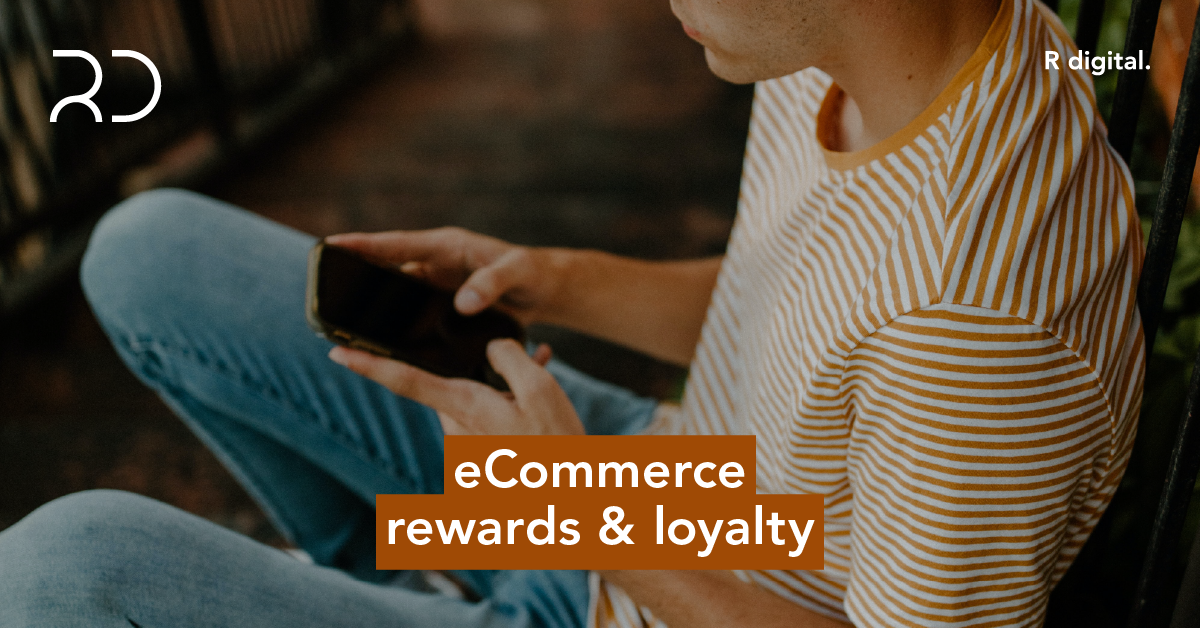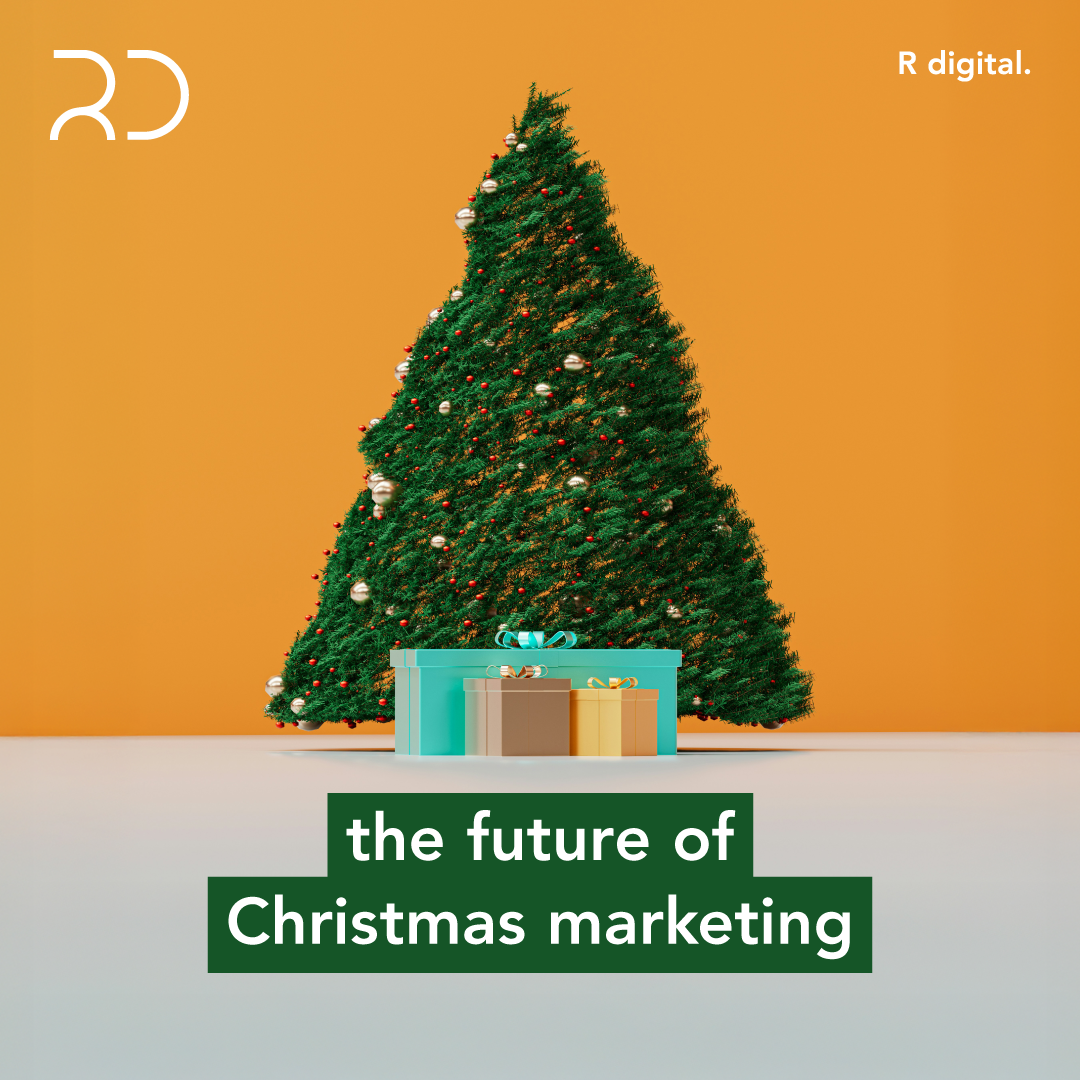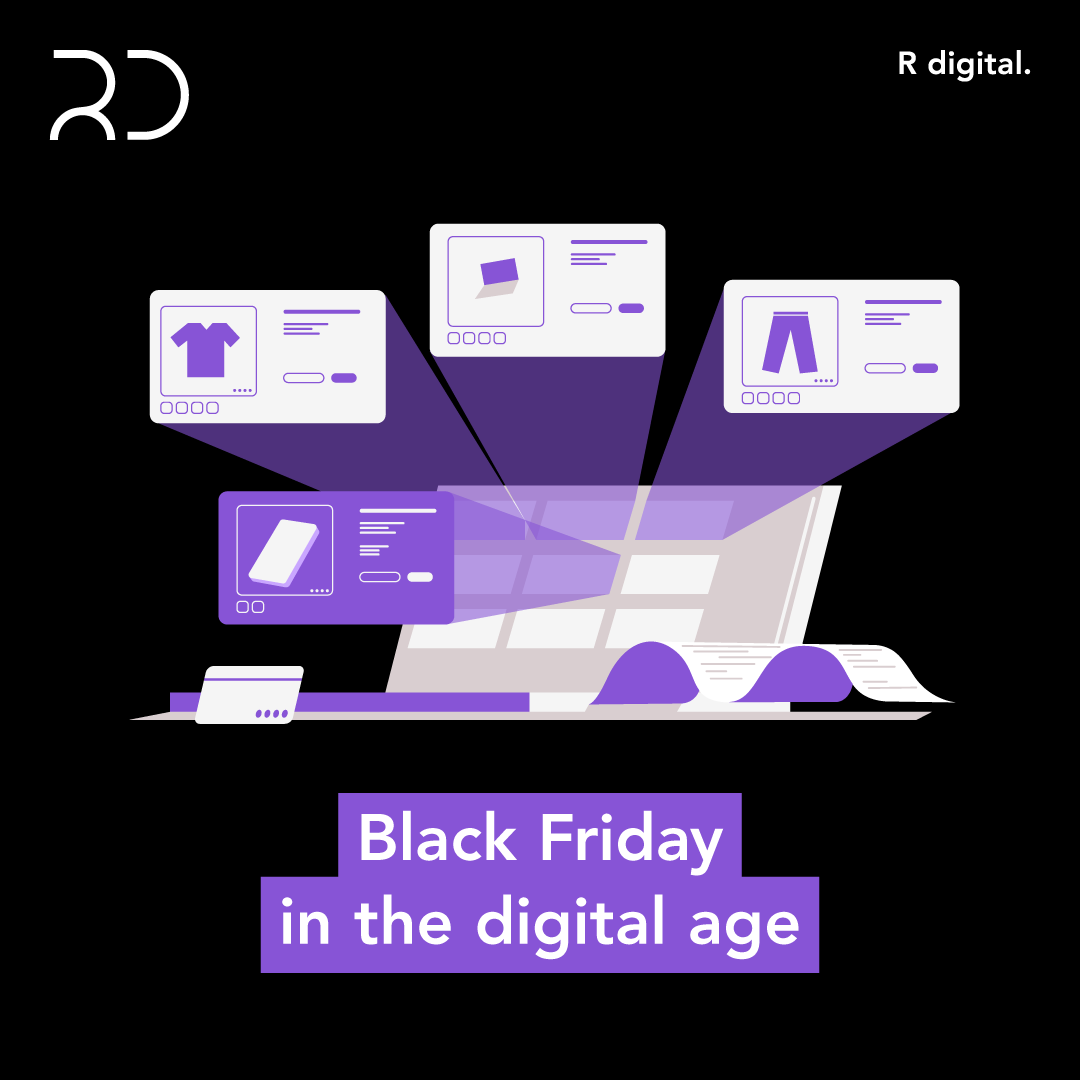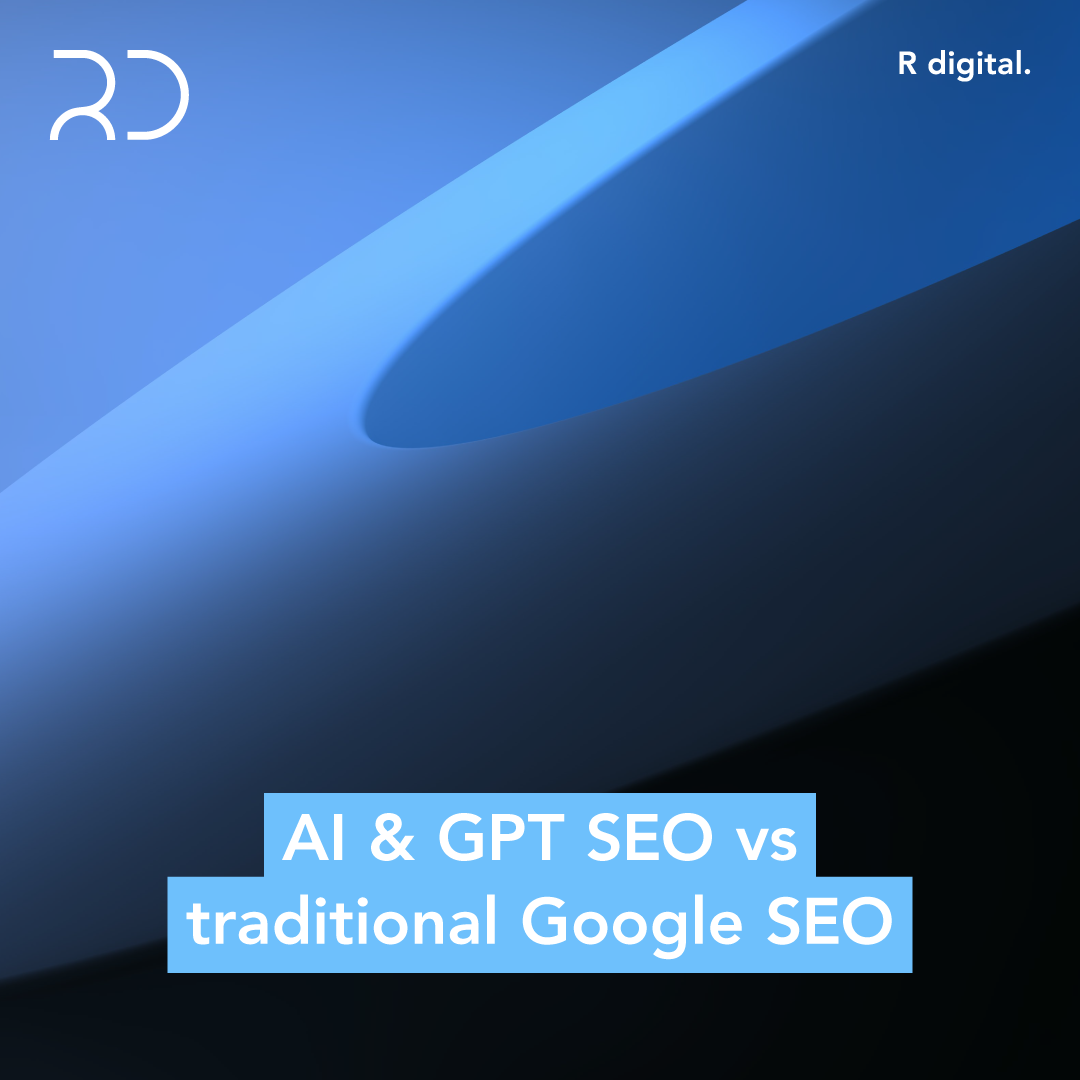
It turns out that a happy customer is not necessarily a loyal customer. According to Bain & Company, 60 – 80% of customers who were satisfied by their experience from a company fail to buy from that company again.
It is, therefore, of great importance not only to gain new customers but also retain them, by inspiring loyalty. This can be done through loyalty programs which are designed to motivate customers to buy again from the same companies and businesses. A good loyalty program will even manage to create a sense of community around your brand, and thus increase your revenue while decreasing the average advertising spending you need to do.
For a loyalty program to succeed, the top three factors are:
- Ease of use
- Discounts that are very alluring to the customers
- Ease of grasping how the loyalty program works
Kill what kills loyalty
Don’t make a loyalty program that takes too long to reward the customer that signs up for it. If it takes too long to gather points, the customer will be inactive.
Don’t limit rewards in products or services that are not popular. If the rewards are not enticing, your program will fail.
Don’t send too many communications messages to the customers, and definitely don’t make them irrelevant to the program!
Brand your program and create a Community
Give your program a name and logo that gives insights on why your business is unique, and make sure the aesthetics are directly linked to your brand.
Don’t make the program solely with the goal of rewarding orders/purchases. Add rewards for leaving reviews, for making social media posts, for social follows and sharing with friends. This will generate engagement and give a sense of community rather than simple transactions.
Invite Customers to Join Every Step of the Way
Prompting customers to join the program can happen before, during, or right after purchase. All three have advantages regarding the customer’s psychology, from making the program part of your frontline marketing to decreasing cart abandonment to reinforcing completing purchases.
Metrics will show which works best for you, and you can then focus on that more. Make sure to integrate them during checkout!
Make the offer visible and easy to sign up for
The more visible the program is and the easiest it is to sign up for, the better it will perform. Keep it visible on all your pages and keep rewards prominent for customers.
Make rewards clear and very easy to redeem
Keep things simple!
Any reward program will fail if customers can’t understand how it works and can’t predict easily how much their behaviour will yield in terms of rewards. Make sure you explain everything very clearly in a dedicated page (if the program involves many tiers) and constantly remind customers of what they are earning.
Make redeeming the rewards super easy. If your site has loopholes or several extra steps in redeeming points or codes, the customer will lose loyalty and leave your site frustrated.
If you use a point system, use it for more than purchases
Make customers become your advertisers. Combine point-earning with customers sharing your programs and urging people to buy from you, from Instagram micro-influences to the average Facebook user. Make rewards automatic, as points aggregate, and promote your most active ambassadors into higher reward tiers.
Reward multiple spending
Encourage your customers to spend more to gain access to higher tiers with more rewards, more exclusive perks, and first dibs on objectively popular products. Link the purchases to additional actions, like informing the customer they are supporting a charity (if a percentage of profits is donated) or get them to subscribe to your program for surprise gifts and products.
Send emails that are timed and relevant to the program when customers earn a milestone: that tends to increase spending.
Gamify your program
Like in video games, award points and rewards for specific tasks and actions, keeping a score for the customer and getting them to a higher tier with even better rewards. It keeps the customer engaged and making more purchases. Actions that earn points can be online and offline, depending on the nature of your business.



